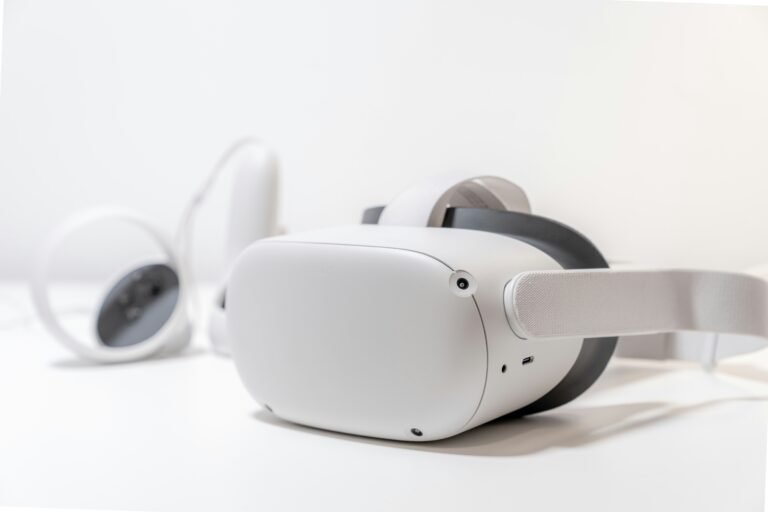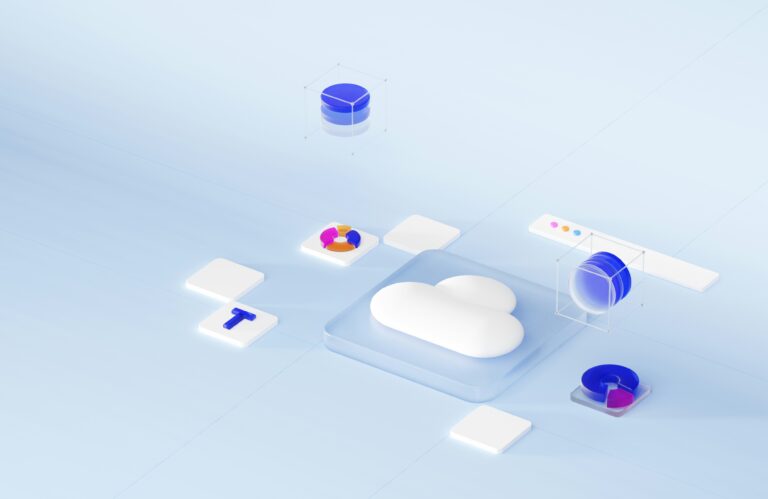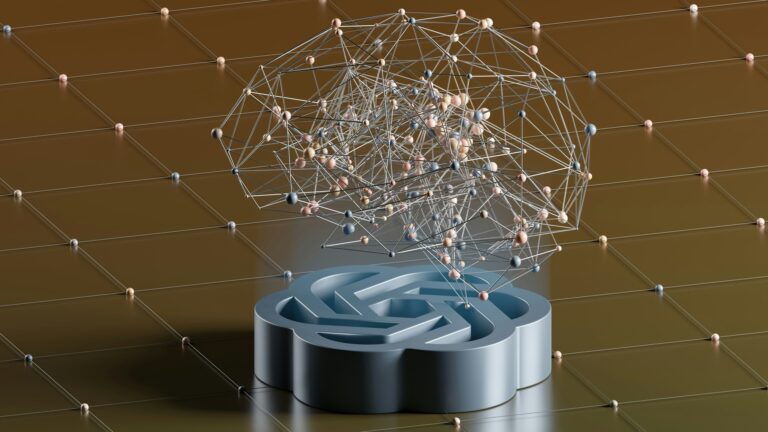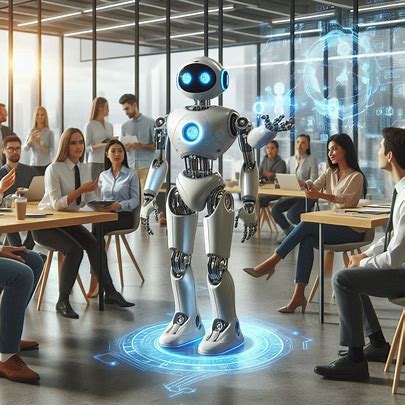
Introduction
Artificial Intelligence (AI) is no longer a concept confined to science fiction; it’s a transformative force reshaping how we live, work, and interact. From virtual assistants answering our questions to algorithms predicting our shopping preferences, AI is embedded in our daily lives. But what exactly is AI, and why does it matter? This article explores the fundamentals of AI, its real-world applications, current trends, and its potential to shape the future, all in a way that’s accessible to everyone.
What is Artificial Intelligence?
AI refers to the development of computer systems that can perform tasks typically requiring human intelligence, such as learning, problem-solving, decision-making, and perception. At its core, AI enables machines to mimic human cognitive abilities, often surpassing human speed and accuracy in specific tasks.
Key Components of Artificial Intelligence
- Machine Learning (ML): A subset of AI where systems learn from data to improve performance without explicit programming. For example, Netflix uses ML to recommend shows based on your viewing history.
- Natural Language Processing (NLP): Enables machines to understand and generate human language, powering tools like chatbots and translation apps.
- Computer Vision: Allows AI to interpret visual data, such as recognizing faces in photos or guiding self-driving cars.
- Robotics: Combines AI with physical hardware to create autonomous machines, like warehouse robots or surgical assistants.
How Artificial Intelligence Works
AI systems rely on vast amounts of data, algorithms, and computing power. Here’s a simplified breakdown:
- Data Input: AI systems are fed data, such as images, text, or numbers, to analyze.
- Training: Using algorithms, the system identifies patterns or rules in the data. For instance, an AI trained on thousands of cat photos learns to recognize cats.
- Inference: Once trained, the AI applies its knowledge to new data, making predictions or decisions.
- Feedback Loop: AI improves over time by learning from new data or user interactions.
For example, when you speak to a virtual assistant like Grok, it processes your voice (input), interprets the words (NLP), and responds based on its training.
Real-World Applications of AI
AI’s versatility makes it integral to various industries, enhancing efficiency and innovation.
Healthcare
AI is revolutionizing healthcare by aiding in diagnostics, treatment planning, and drug discovery. For instance, IBM’s Watson analyzes medical records to suggest personalized cancer treatments, while AI-powered imaging tools detect diseases like pneumonia from X-rays with high accuracy.
Transportation
Self-driving cars, like those developed by Tesla, rely on AI to navigate roads, avoid obstacles, and make real-time decisions. AI also optimizes traffic flow in smart cities, reducing congestion.
Retail and E-commerce
Online retailers use AI to personalize shopping experiences. Amazon’s recommendation engine, for example, suggests products based on your browsing and purchase history, boosting sales and customer satisfaction.
Entertainment
Streaming platforms like Spotify and YouTube leverage AI to curate playlists and videos tailored to your tastes. AI also generates realistic animations in video games and movies, enhancing visual storytelling.
Finance
AI detects fraudulent transactions by analyzing patterns in financial data. Banks like JPMorgan Chase use AI to assess credit risks and automate customer service through chatbots.
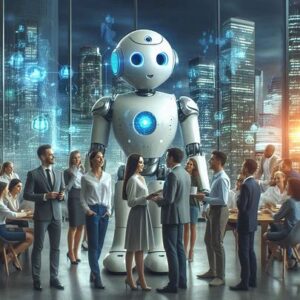
Current Trends in Artificial Intelligence
As of 2025, AI continues to evolve rapidly, driven by advancements in technology and growing adoption. Here are some key trends:
Generative Artificial Intelligence
Generative AI, which creates content like text, images, or music, is booming. Tools like ChatGPT and DALL-E produce human-like text and art, respectively, transforming creative industries and marketing.
AI Ethics and Regulation
With AI’s growing influence, ethical concerns like bias, privacy, and transparency are gaining attention. Governments and organizations are developing guidelines to ensure AI is used responsibly. For example, the EU’s AI Act aims to regulate high-risk AI applications.
Edge Artificial Intelligence
Edge AI involves running AI algorithms on devices like smartphones or IoT gadgets, rather than in the cloud. This reduces latency and enhances privacy, as seen in Apple’s on-device AI for Siri.
Multimodal Artificial Intelligence
AI systems that process multiple data types (text, images, audio) simultaneously are emerging. For instance, models like Grok 3 can analyze both text and images to provide richer responses, enhancing user experiences.
AI in Sustainability
AI is tackling climate change by optimizing energy usage, predicting weather patterns, and improving recycling processes. Companies like Google use AI to reduce data center energy consumption by up to 40%.
Challenges and Considerations
Despite its promise, AI faces challenges:
- Bias: AI can inherit biases from training data, leading to unfair outcomes, such as discriminatory hiring algorithms.
- Job Displacement: Automation may replace certain jobs, though AI also creates new roles in tech and data science.
- Privacy: AI’s reliance on data raises concerns about personal information security.
- Accessibility: Ensuring AI benefits are available to all, not just wealthy nations or corporations, remains a priority.
Addressing these challenges requires collaboration between technologists, policymakers, and society.
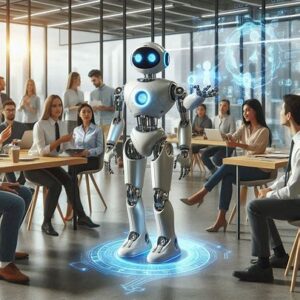
The Future of Artificial Intelligence
Looking ahead, AI’s potential is boundless. Experts predict advancements in:
- Personalized Education: AI could tailor learning experiences to individual students, improving outcomes.
- Healthcare Breakthroughs: AI may accelerate drug discovery and enable early disease detection.
- Human-AI Collaboration: Rather than replacing humans, AI will likely augment our capabilities, as seen in tools like GitHub Copilot for coding.
As AI becomes more integrated into society, education and upskilling will be crucial to harness its benefits while mitigating risks.
Conclusion
Artificial Intelligence is a game-changer, driving innovation across industries and reshaping how we interact with the world. From personalized recommendations to life-saving medical diagnoses, AI’s applications are vast and growing. While challenges like bias and privacy persist, ongoing advancements and ethical frameworks promise a future where AI empowers humanity responsibly. By understanding AI’s capabilities and limitations, we can embrace its potential to create a smarter, more connected world.
